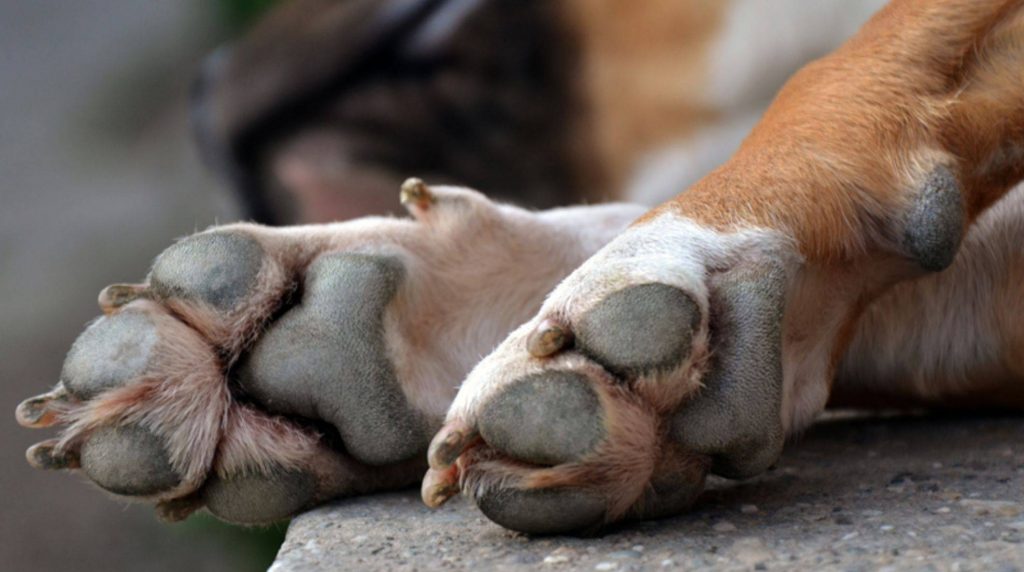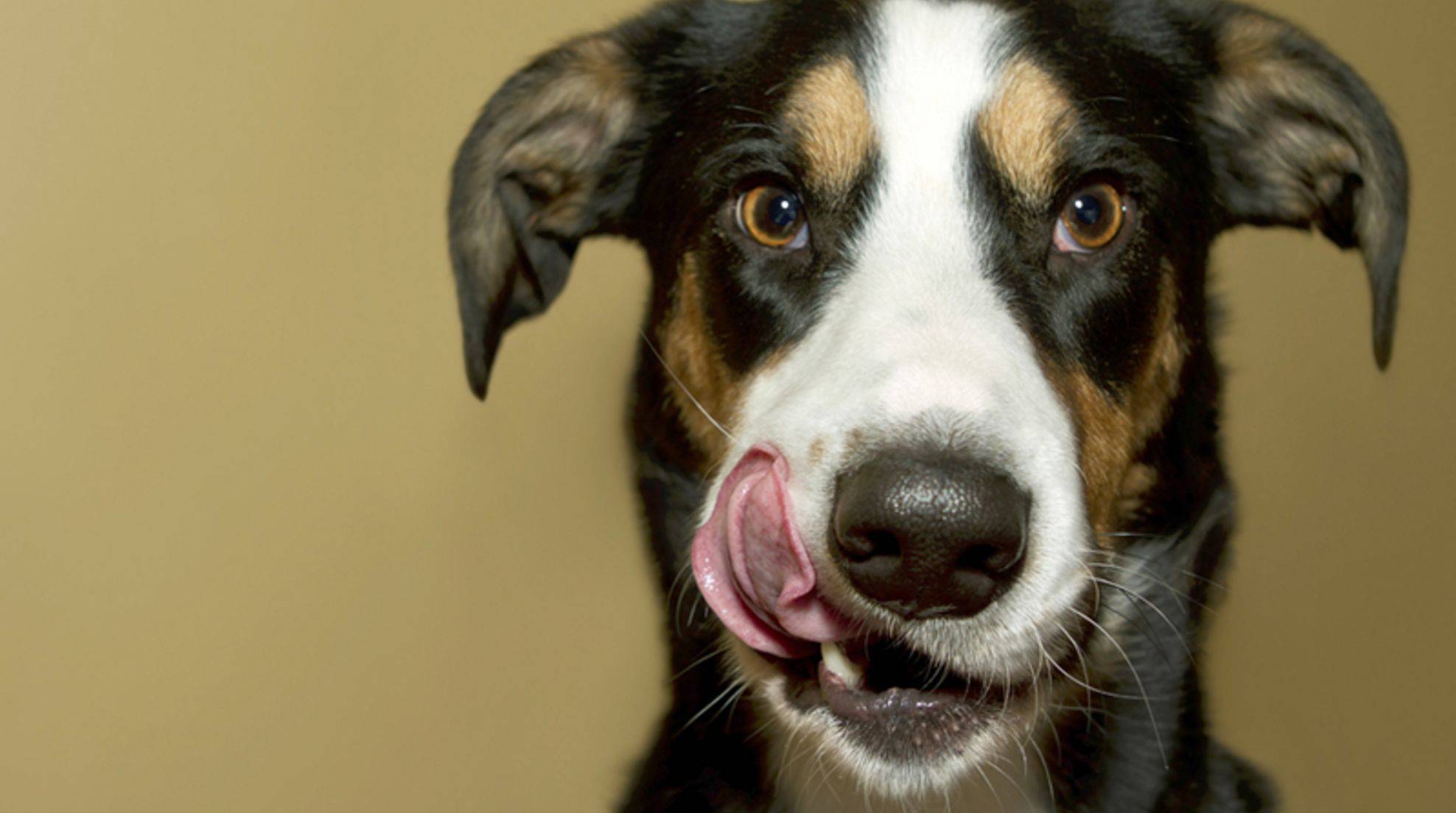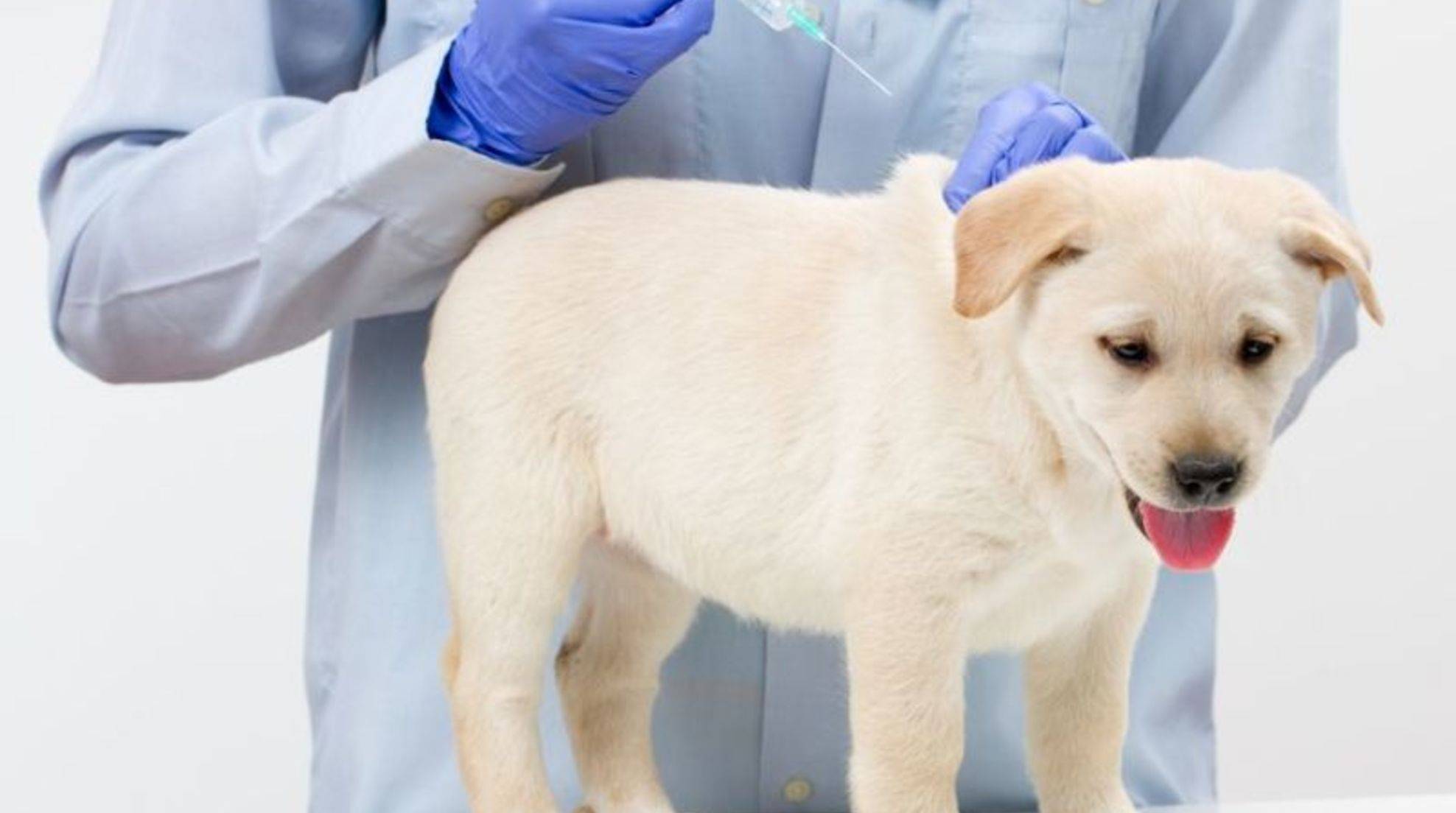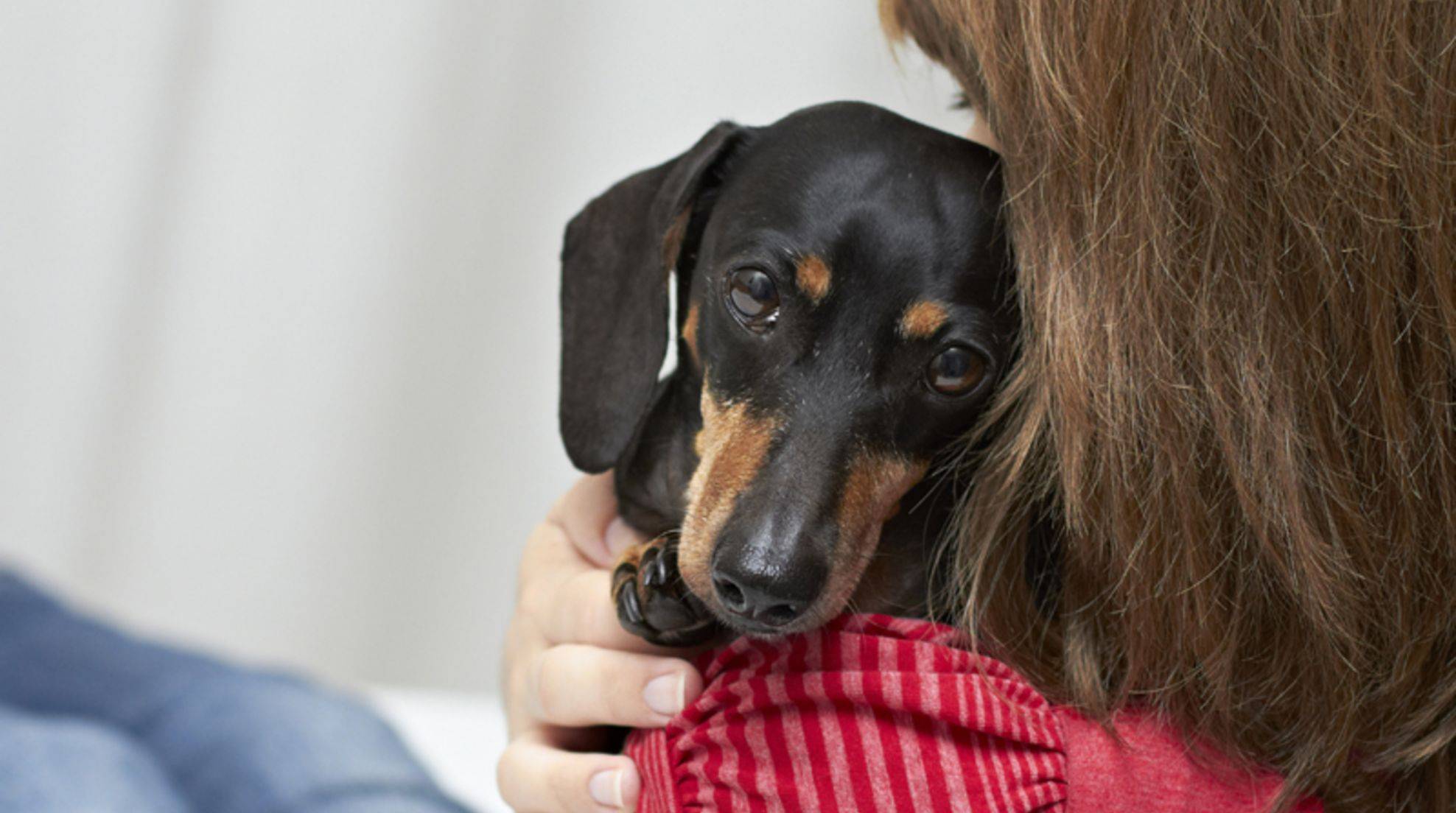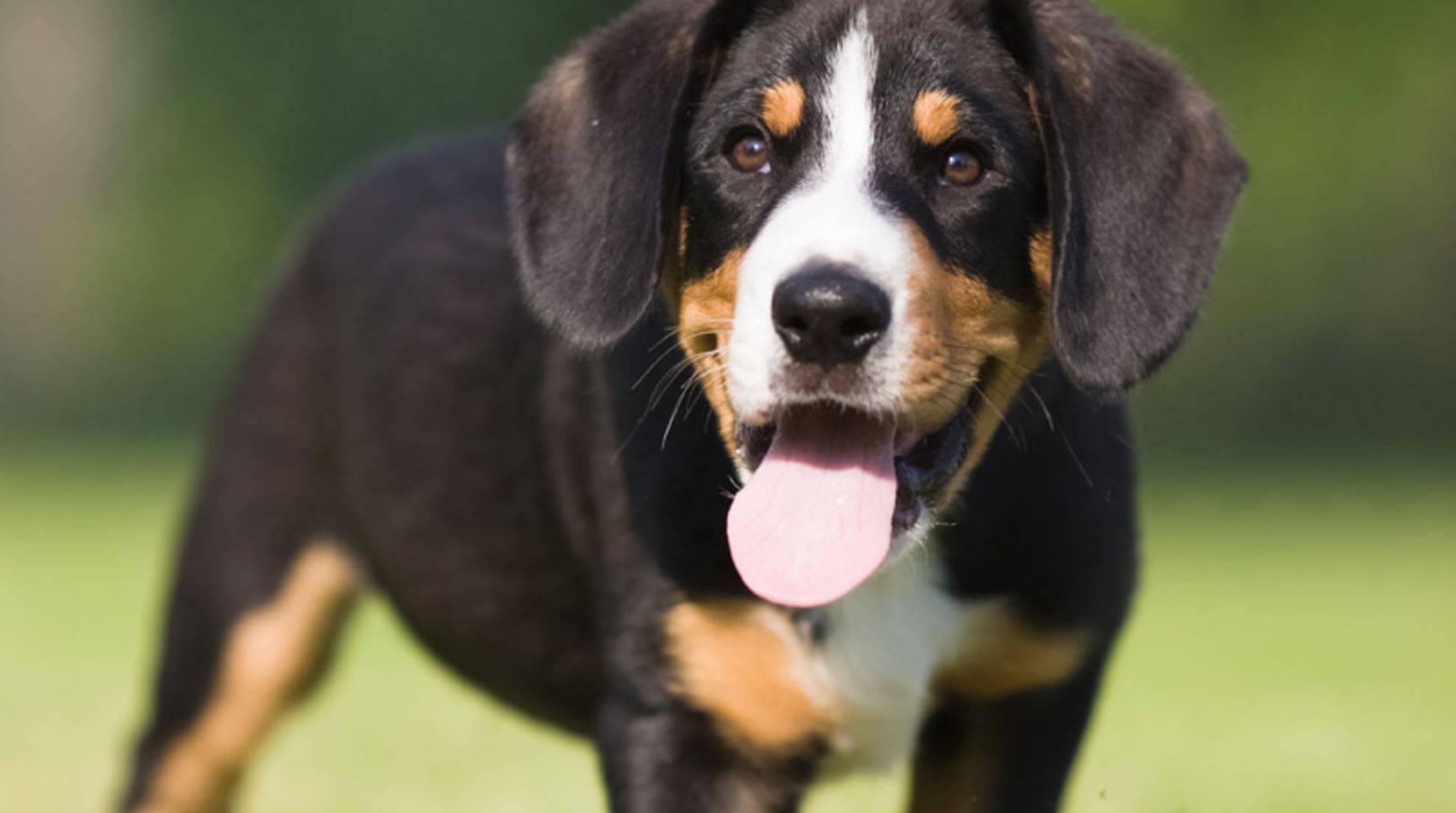The dog keeps licking his paw: is he sick?
It is not unusual for a dog to lick its paw from time to time. However, if your four-legged friend does this longer and more often than usual, you should be attentive. What causes can be behind paw licking is revealed here.
Since dogs, unlike humans, cannot communicate, it is all the more important to pay attention to the signals and behaviors of the four-legged friend. Licking paws, for example, is normal to a certain extent, but if it gets out of hand and your dog is constantly licking his foot, you should not take this lightly.
Incessant paw licking
If your dog can’t settle down from licking his paws despite enough exercise and activities, and he even licks his foot constantly at night, then this is questionable behavior.
Licking paws can promote inflammation of the skin and claw bed. In addition, in dogs with a light coat color, licking likes to darken the coat. But what is this behavior all about?
Licking paws in dogs: What are the causes?
If your dog constantly licks his paw, this is often interpreted as a symptom of boredom, stress, or fear of abandonment. However, medical causes should first be grilled before considering a psychological problem. And that means: Off to the vet! He can determine the exact reason and help your four-legged friend. Behind a constant paw licking can be, for example, the following diseases:
Are intermediate toe abscesses the cause?
Toe abscesses can also be the cause of excessive paw licking. This is a bacterial infection of the skin between the toes. In this case, hair shafts penetrate deeper layers of your dog’s skin. The result is blistering, skin redness, fatty plaques, and sores between the toes. Antibiotics, antiseptic baths, or ointments can be used to treat between-toe abscesses successfully.
Is a yeast fungus behind it?
If your dog is constantly licking his paw, the veterinarian will undoubtedly check your four-legged friend for yeast fungus. Yeast fungi, also known as Malassezia, can cause skin inflammation between the toes.
Yeast fungi belong to the normal skin flora of the dog. However, if the conditions are favorable, which is the case in a warm, humid climate, for example, then they multiply and develop their pathogenic effect.
If the veterinarian finds yeast fungi in your dog, therapy with an appropriate shampoo is usually sufficient. As a rule, the paw licking then stops.
Foreign body in the dog’s paw
Last but not least, a foreign body can also be to blame for your dog licking his paws and between his toes heavily. Once in, you often can’t see them. Nonetheless, they can be painful for your partner on four feet. Whether it’s a shard of glass, a needle, a thumbtack, or a grain grenade, any foreign object in your dog’s interdigital space must be surgically removed. Only then will the paw licking of your four-legged friend come to an end.

